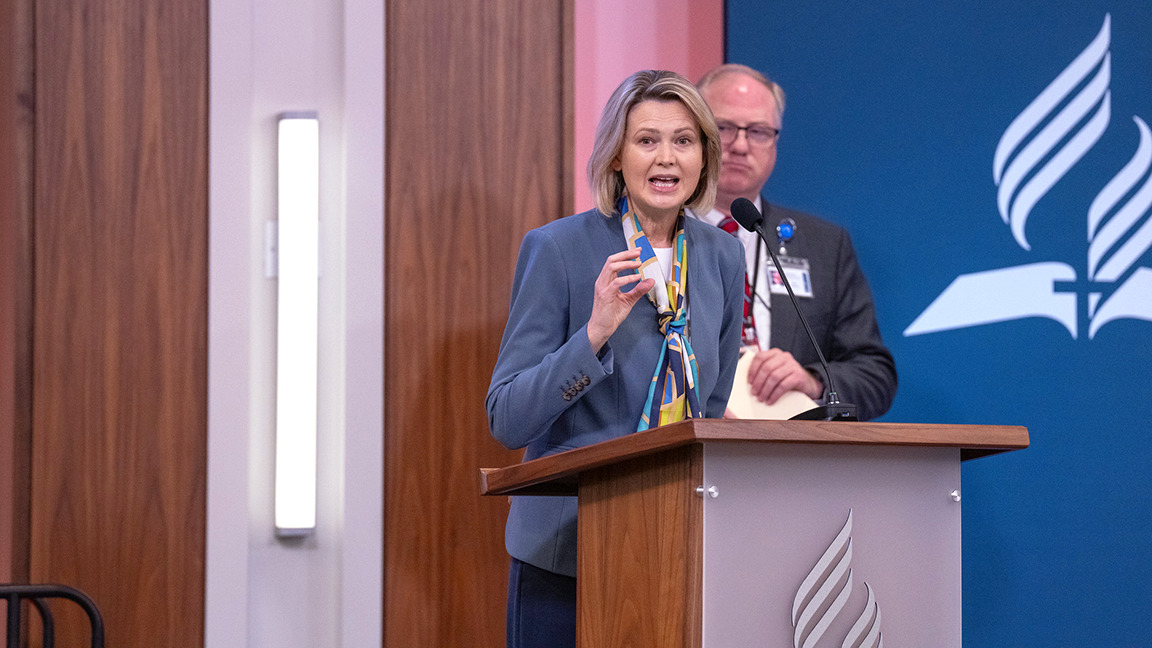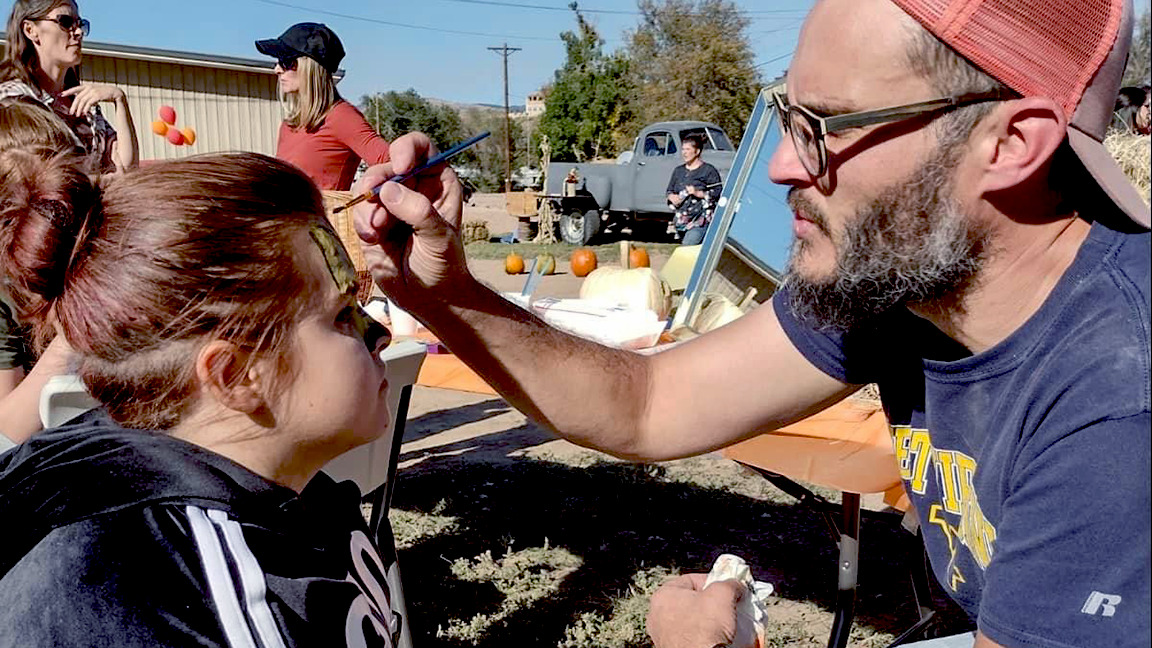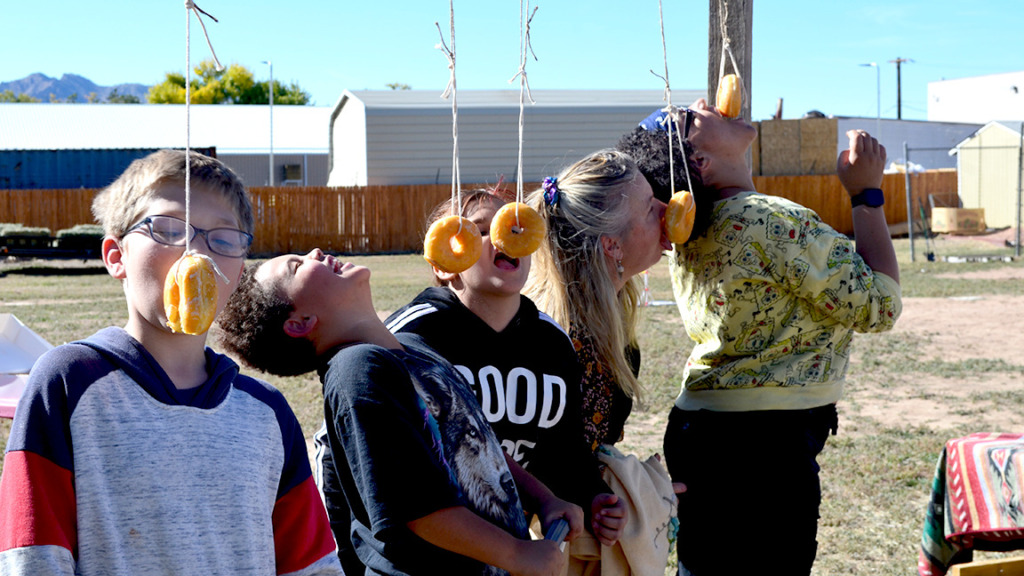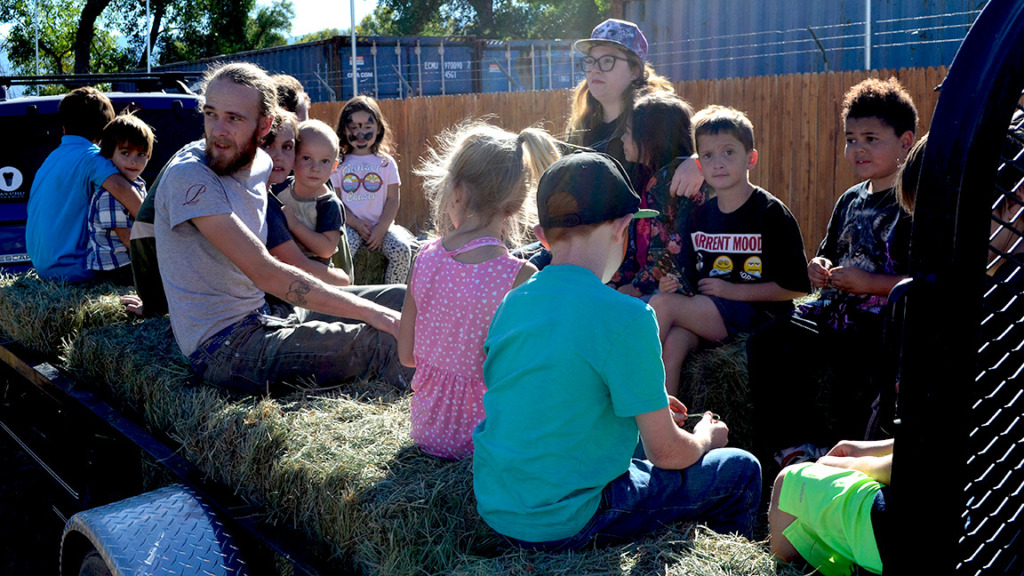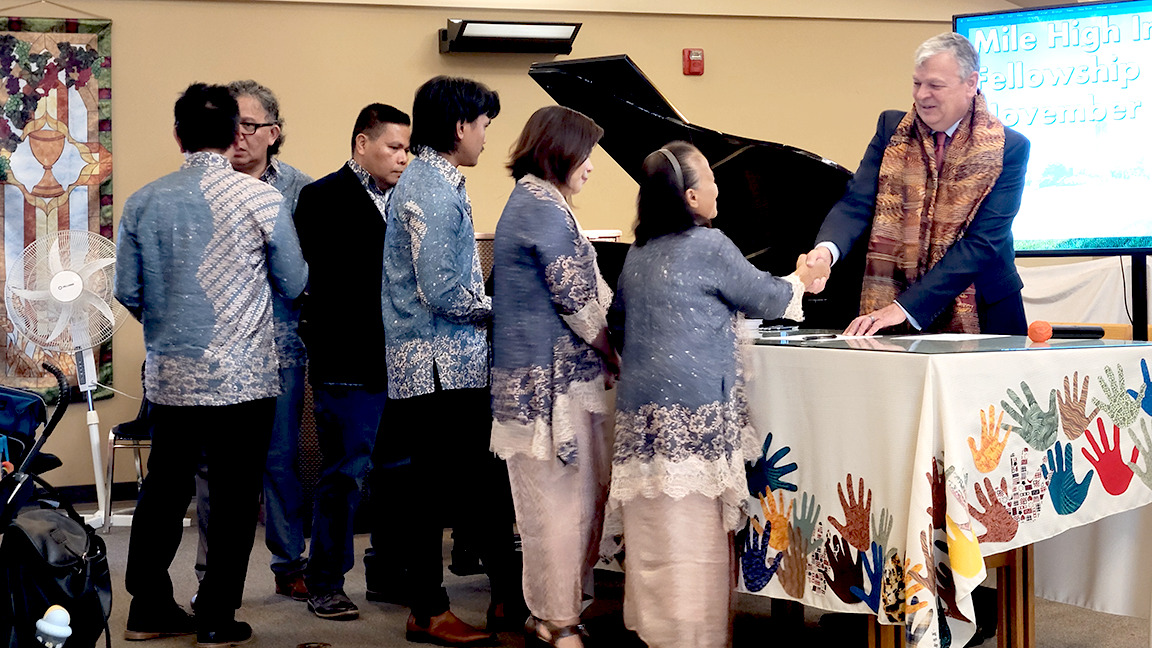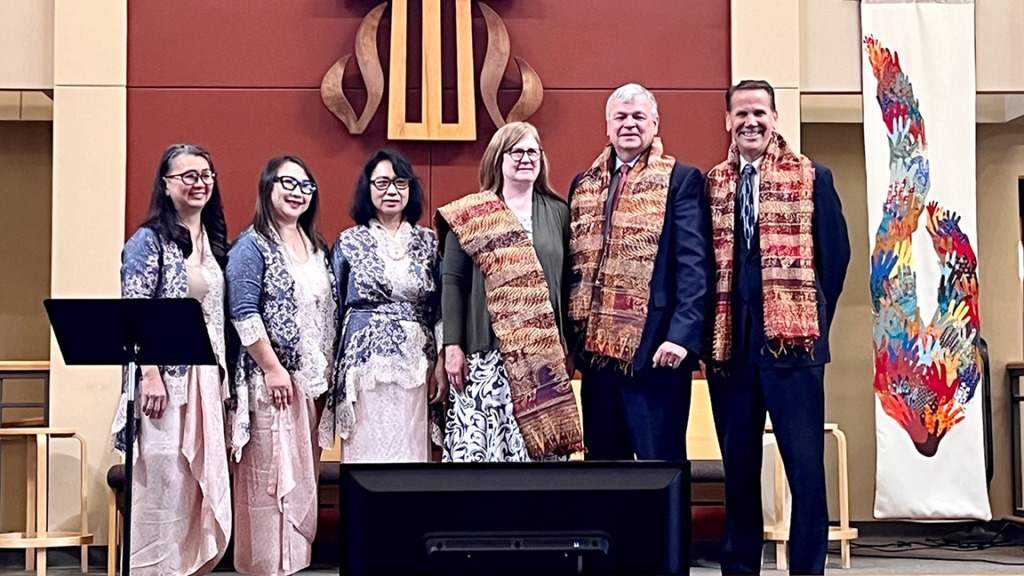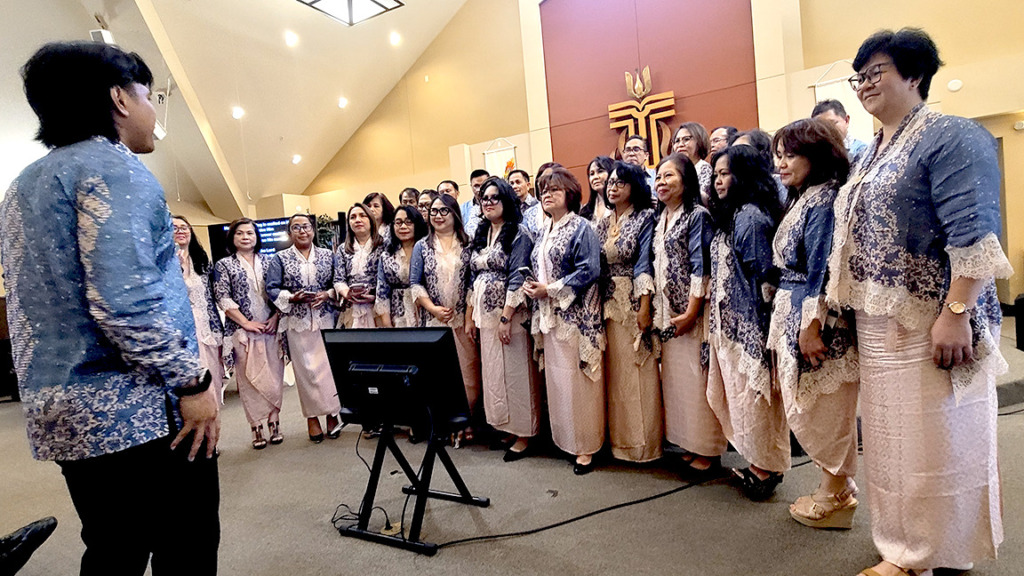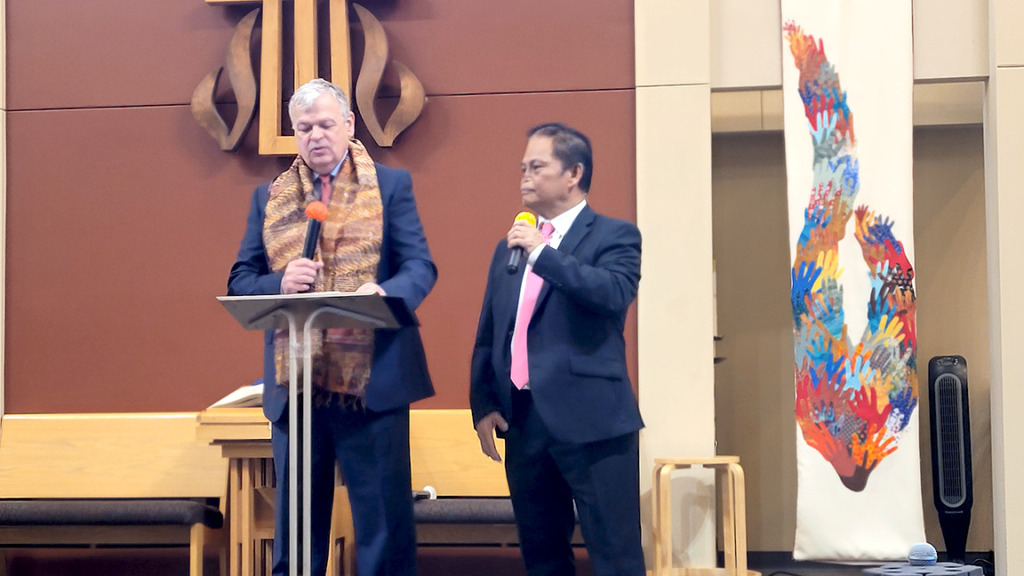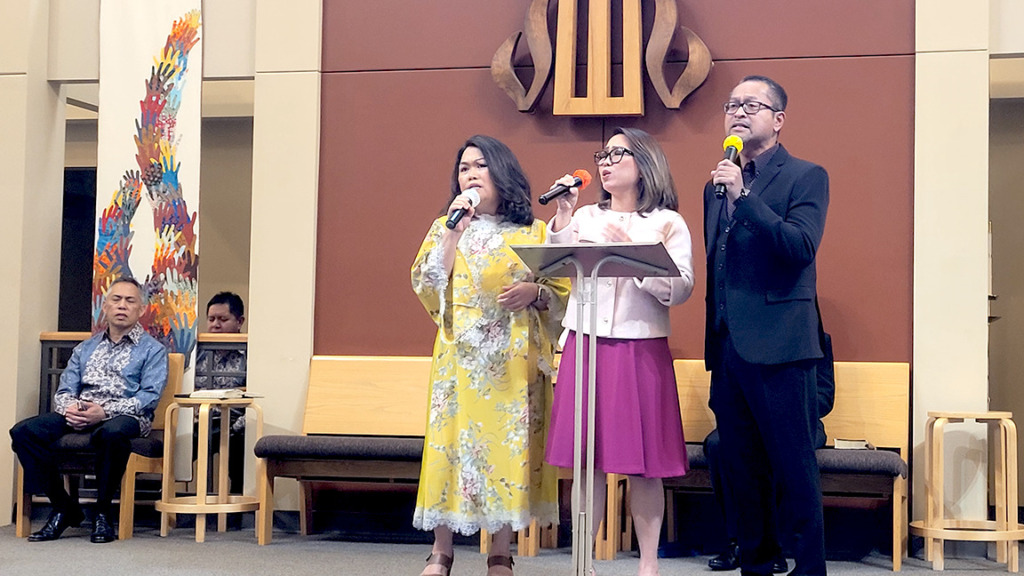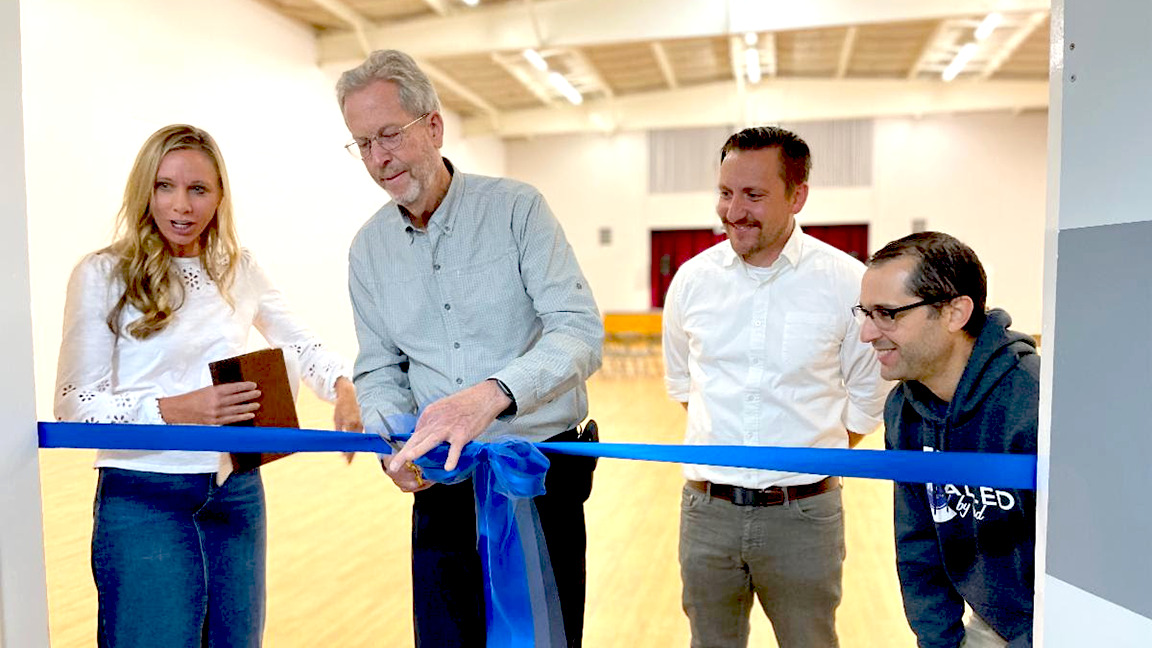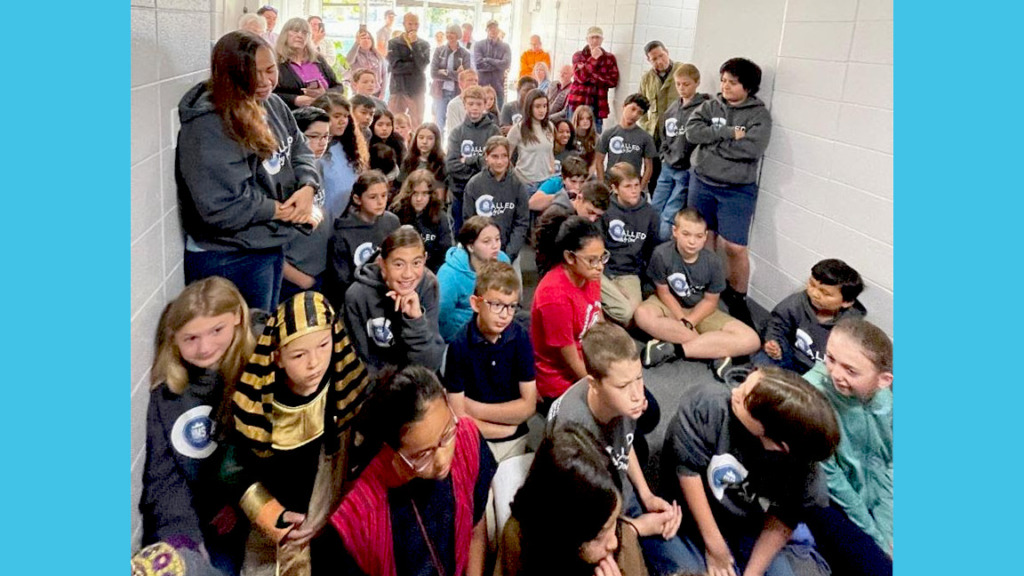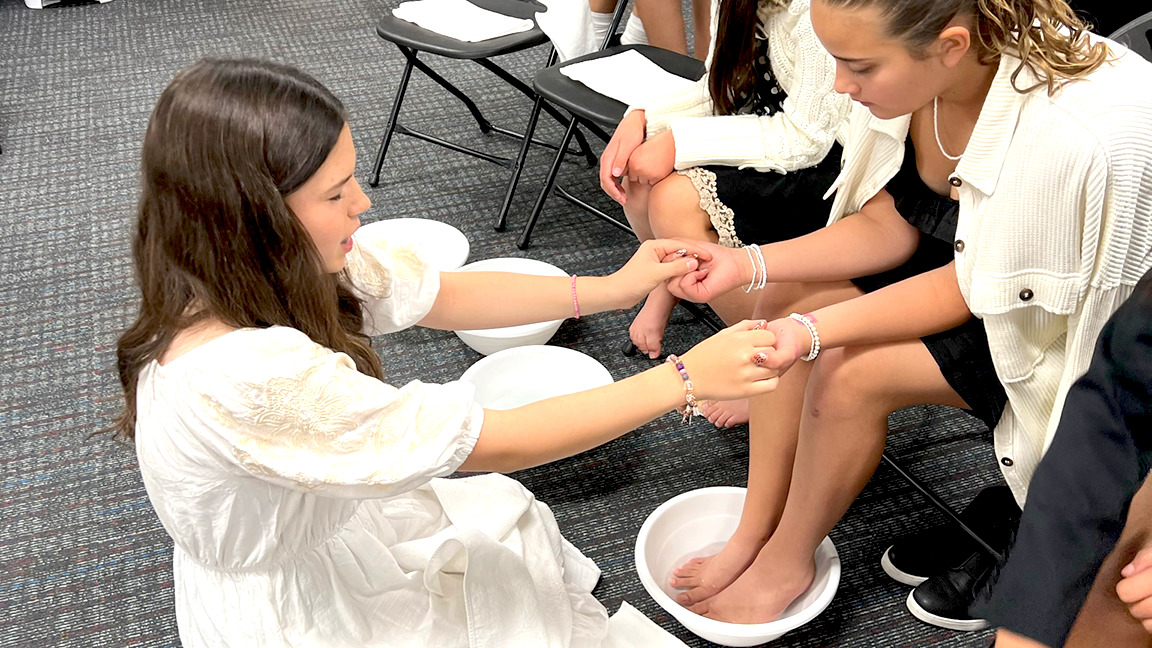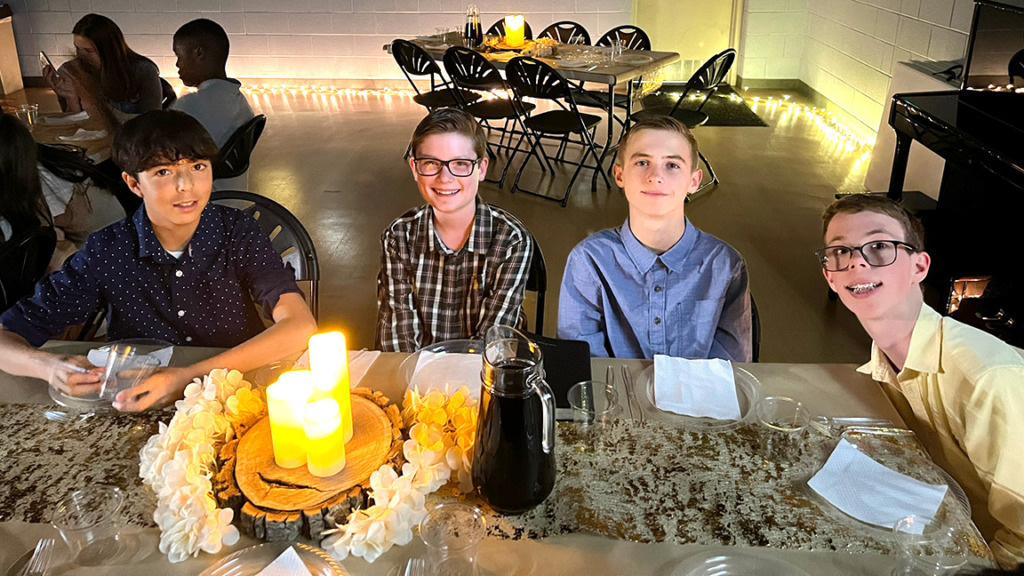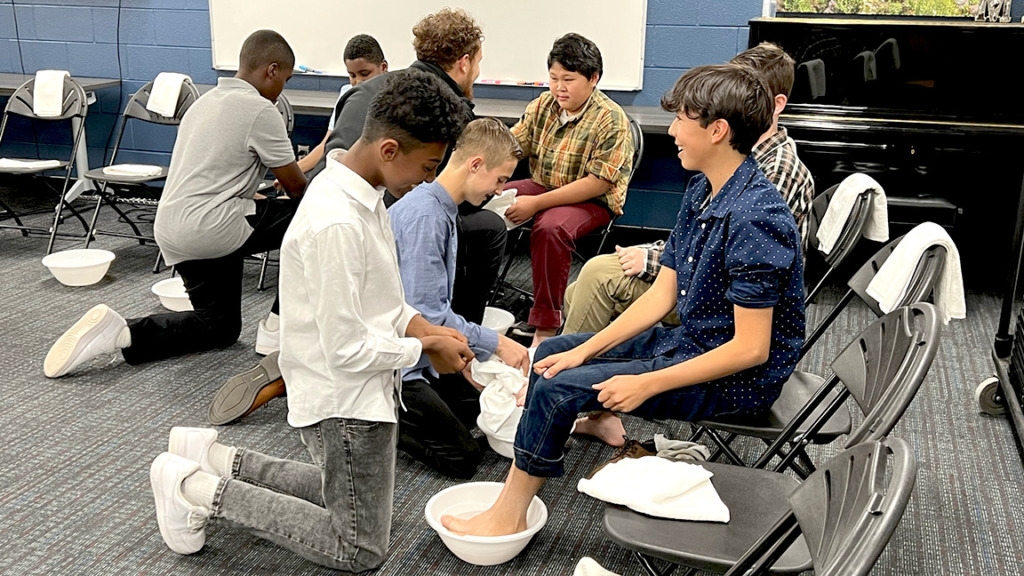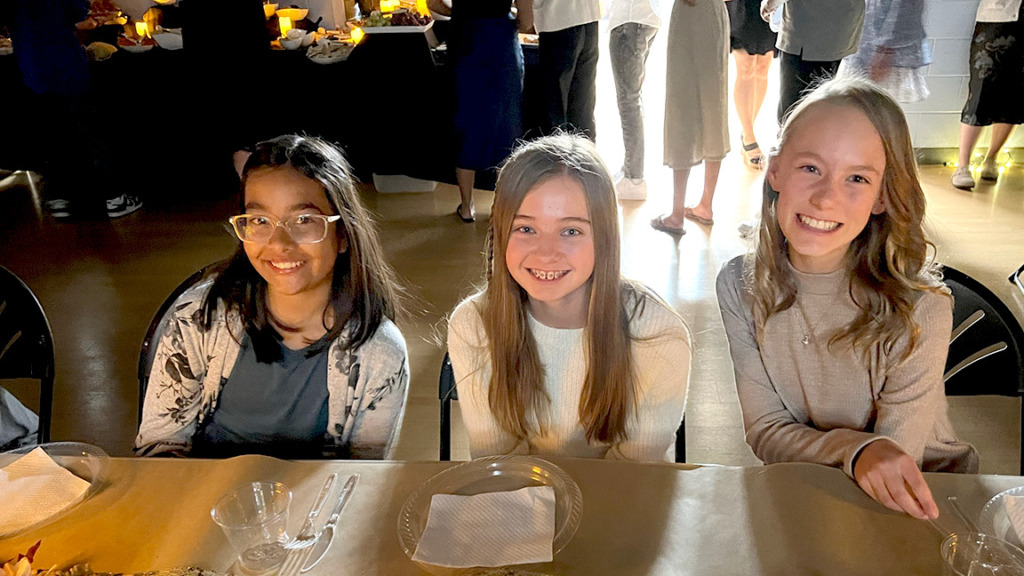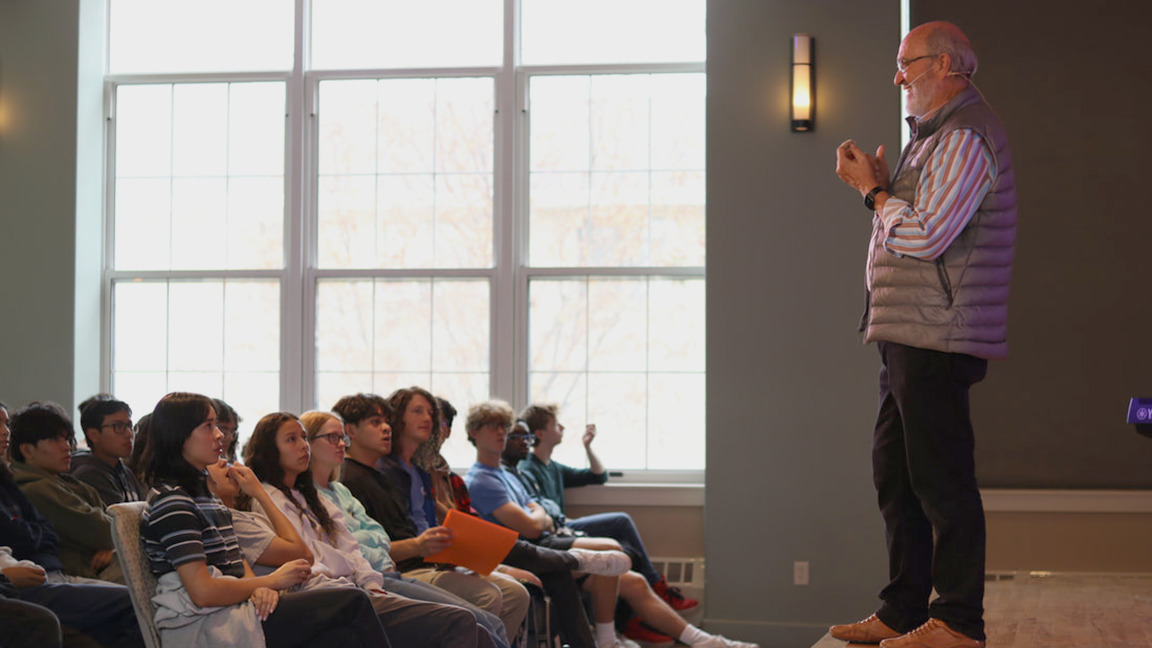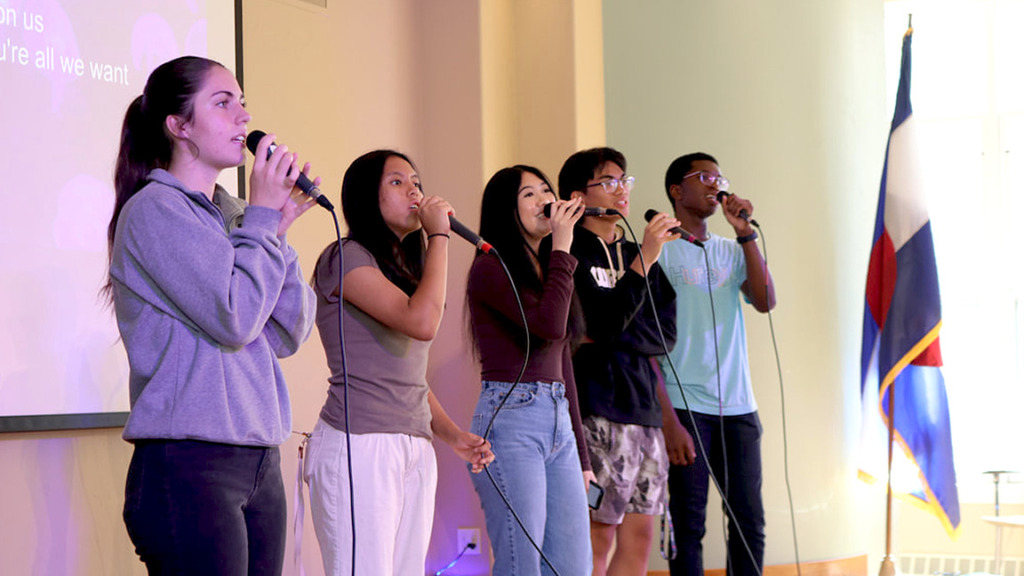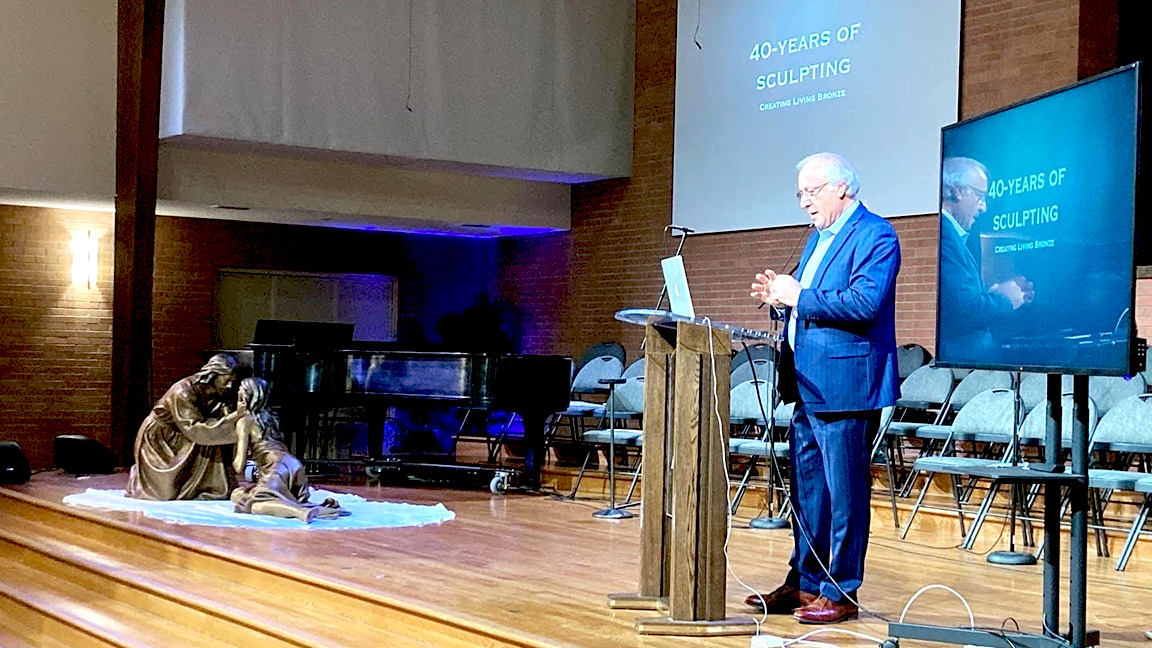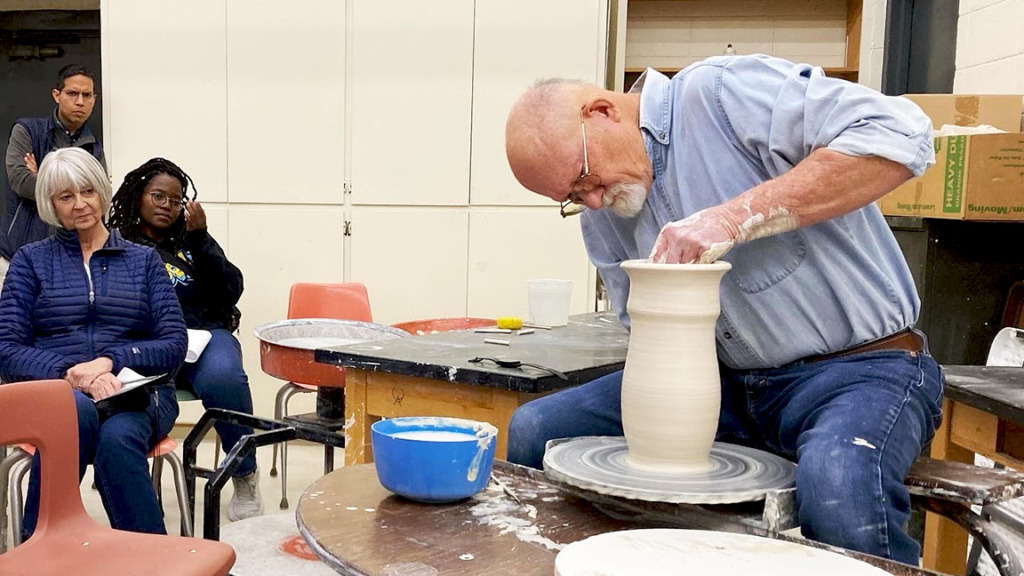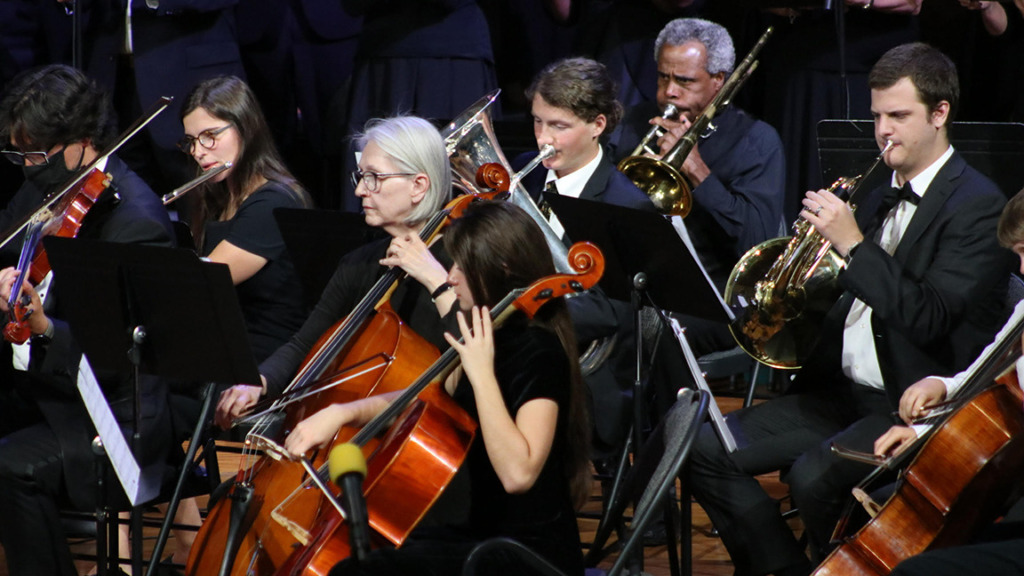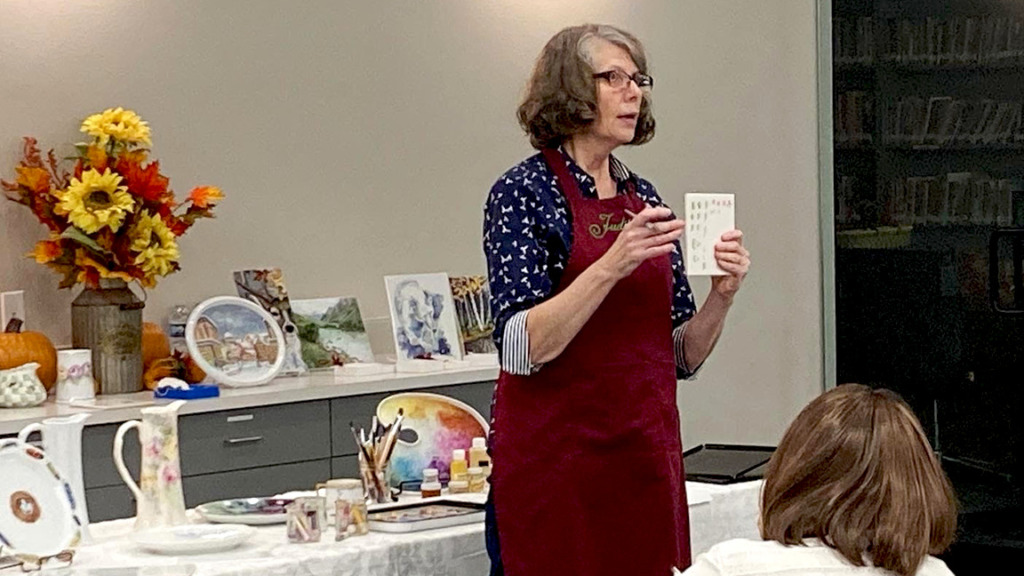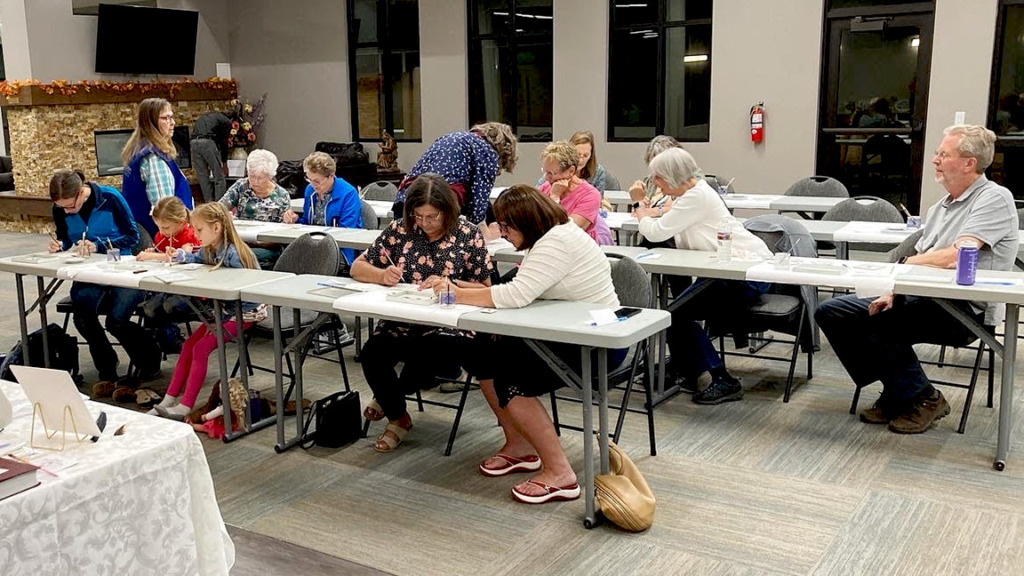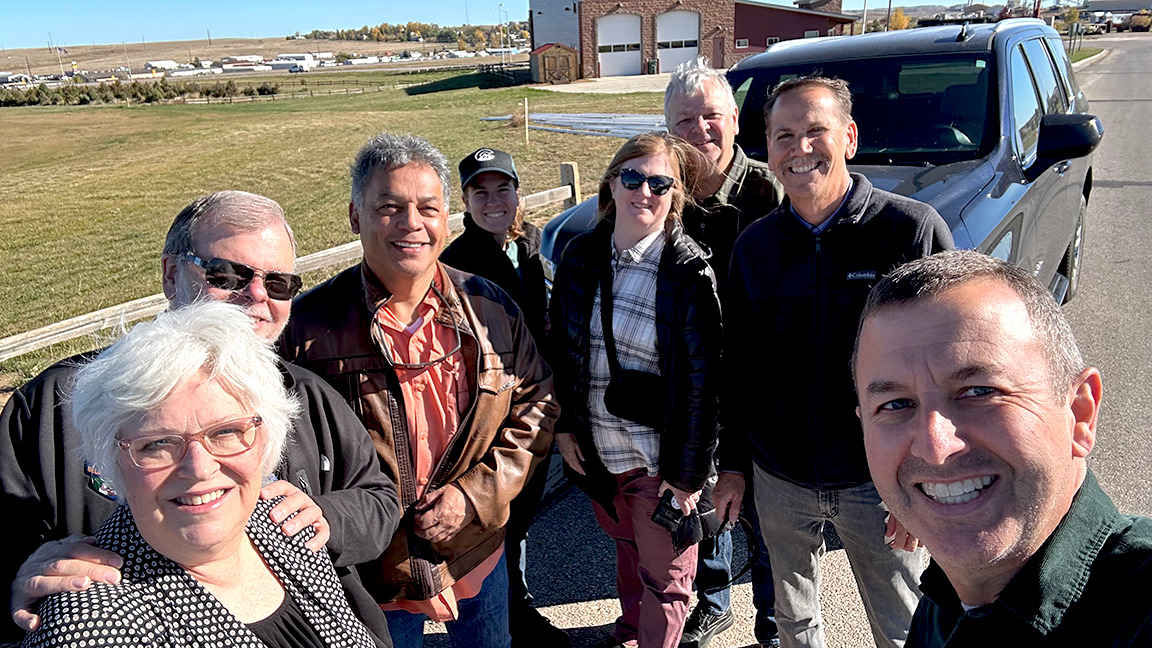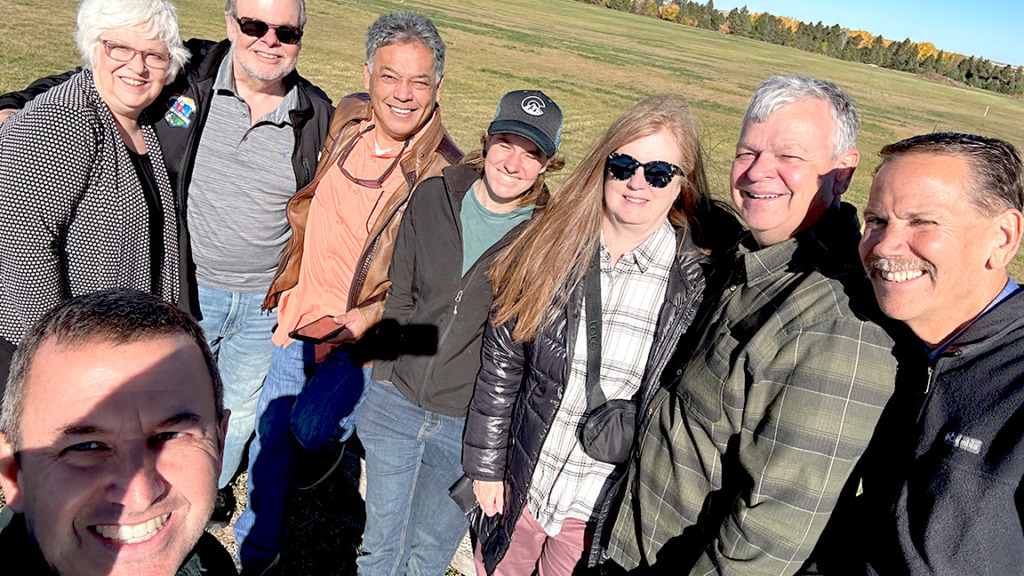Introduction by Nathaniel Gamble
On May 4, 1493, Pope Alexander VI articulated a principle in his papal bull Inter Caetera that has become a fixture in political theory since the sixteenth century: the Doctrine of Discovery, where non-Christian lands and their inhabitants can be taken over by “Christian” peoples and governments.
Politicians, theologians, historians, sociologists, and various legal courts have documented for over five hundred years the ways Catholic, Protestant, and Eastern Orthodox nations have used the Doctrine of Discovery to legally justify military takeovers and political control of peoples in the Americas, Africa, and Asia. Christian denominations into the present, including the Seventh-day Adventist Church, have not been guiltless in this matter, sometimes begrudgingly assisting and sometimes enthusiastically cooperating with such government activity as an acceptable price to doing missionary work in these lands.
Seventh-day Adventist representatives of Indigenous Peoples in the North American Division helped prepare the below statement as a way to more fully champion our Adventist identity. If read and practiced with prayer, love, and attentiveness, it will enable Seventh-day Adventists to more fully embrace the vision of Revelation 14:6-12—to proclaim to every nation, tribe, language, and people the good news that a good God loves them and is working for their salvation and justice.
—Nathaniel Gamble is RMC religious liberty director. Photo by Pieter Damsteegt and republished with permission by North American Division of the Seventh-day Adventist Church.
Statement by the North American Division of Seventh-day Adventists Regarding the Doctrine of Discovery
October 31, 2023
From its inception, the Seventh-day Adventist Church has sought to reflect Christ’s ministry of healing and reconciliation. Our commitment is driven by unchanging biblical truths about God’s character and His relationship with humanity, which reveal that every person bears the image of the Creator (Gen. 1:26-28), is cherished by Him (Rom. 8:35, 37-39), and is endowed with infinite dignity and worth (Ps. 8:4-8,139:1-16; Matt. 10:29-31).
In a world devastated by human violence and selfishness, Seventh-day Adventists, as followers of Christ, acknowledge our responsibility and calling to be His ambassadors (2 Cor. 5:20); to share the joy of His salvation and the hope of His soon return (Ps. 96:2-4; 1 Peter 3:1516; Rev. 14:6-12); to demonstrate His compassion for “the least of these” (Matt. 25: 35-40); to pursue justice (Isaiah 1:17; Luke 11:42-44); and to defend those who are oppressed (Ps. 103:6). Thus, we deplore human actions and attitudes, past and present, that have misrepresented God’s character and contributed to the profoundly broken structures of today’s world.
For this reason, the North American Division of Seventh-day Adventists acknowledges and denounces the destructive impact and legacy of the so-called Doctrine of Discovery, which for many centuries has presented a distorted image of God and His purpose for humanity.
From the 15th century on, the Doctrine of Discovery linked the Christian faith with colonialism as European nations expanded their power throughout the world. While the doctrine was founded on unbiblical and racist beliefs, it was used as a “Christian” rationale and justification for the “discovery” and settlement of territories by Catholic and Protestant nations, and for the brutal treatment of Indigenous Peoples, including the Indigenous Peoples within the North American Division territories and Indigenous Peoples in Africa brought to the Americas.
Historians trace the rise of this doctrine to a series of Papal Bulls, including Dum Diversas, Romanus Pontifex, and Inter Caetera, issued during the 15th century. Under the terms of these Bulls, Catholic monarchs and their explorers could claim sovereignty over any empty land (terra nullius) they found. Any land inhabited by non-Christians was considered terra nullius, and thus newly discovered. As non-Christians, Indigenous Peoples living in these lands were considered not fully human, with no inherent rights to the land they inhabited. The Doctrine of Discovery thus provided the opportunity for explorers, in the name of their sovereign, to lay claim to inhabited territories, and to use any means necessary to convert and subdue Indigenous Peoples. The doctrine was also subsequently adapted and relied upon by Protestant nations and, today, legal principles derived from the doctrine are still embedded within the laws of Canada and the United States.1 Through the centuries, the doctrine continued to be used to justify policies aimed at the eradication, assimilation, and enslavement of Indigenous Peoples.
Centuries of dehumanization, subjugation, and exploitation of Indigenous Peoples, often under the banner of Christianity, compel a response from those who bear Christ’s name. The doctrine was cited, for instance, by the U.S. Supreme Court in the 2005 case City of Sherrill v. Oneida Indian Nation of New York, and by the Supreme Court of Canada in the 2014 case Tsilhqot’in Nation v. British Columbia. Although acknowledging that no one now alive is guilty of the atrocities of the distant past, the Seventh-day Adventist Church in North America recognizes the need, today, to address the legacy of the Doctrine of Discovery within North America.
We therefore unequivocally repudiate the Doctrine of Discovery and the ideas and beliefs that undergirded it, and we fully commit ourselves to create and foster healthy, respectful, and equitable relationships with the Indigenous Peoples in the United States, Canada, Bermuda, and Guam Micronesia. In doing so, we will continually seek to reflect—within our churches and institutions, and within our broader communities—the true character of the God we serve.
This statement was voted during the Year-end Meeting of the North American Division Executive Committee on Oct 31, 2023, in Columbia, Maryland.
1 The doctrine was cited, for instance, by the U.S. Supreme Court in the 2005 case City of Sherrill v. Oneida Indian Nation of New York, and by the Supreme Court of Canada in the 2014 case Tsilhqot’in Nation v. British Columbia.

